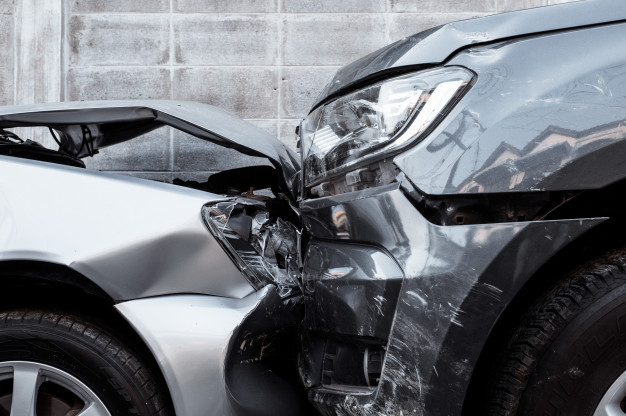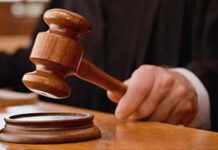If you’re in a sudden car crash, it can frighten and unnerve you, even if you’re lucky enough not to hurt yourself. When it happens, it’s hard to figure out what to do. Your vehicle might still be out in the middle of the street, and traffic may be zooming past you even as you attempt to collect yourself.
There are several things you’ll need to do right afterward, but some people neglect these basic steps. Pay attention to this list so that if one of these incidents does occur, you’ll know how to proceed.
Move the Vehicle if You Can

Catrialattorneys.com mentions that it’s vital to “contact a California car accident attorney for assistance.” Obviously, that’s California-specific, but the same applies in any other state: you need to reach out to a car crash lawyer located nearby who has a stellar reputation.
That will come later, though. The first thing you’ll typically do is try to move your vehicle out of the active roadway if you’re at all able to do so.
If you’re on a quiet side street, and the car is in good enough condition for you to simply steer it over to the roadside, that’s easy enough. The trickier times are if you’re in the middle of a busy six-lane highway or an active thoroughfare that still has cars zooming by at high speeds.
If the car is not in good enough condition for you to move it, or you’ve hurt yourself, and you can’t think about this detail at all, then let it go. Moving the vehicle is important, but getting yourself out of the road needs to be your priority.
Make Sure the Authorities Are on the Way
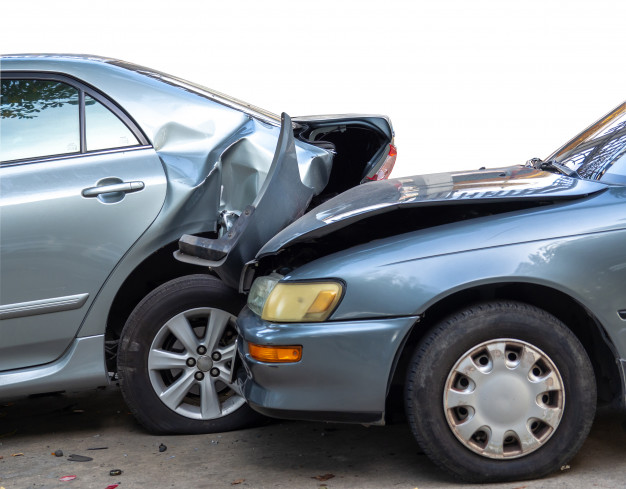
You should next call 911. Don’t make the mistake of thinking that someone else has done it since that could mean a delay, and you don’t want that.
911 is the best resource because they can contact the police, emergency personnel, and even a fire truck if a car is on fire and you need someone to extinguish the flames. You can describe what happened if they ask for details, but make sure you tell the truth. If you press charges against the other driver or they bring a lawsuit against you, either the prosecution or the defense might use that 911 call as evidence.
You also want the authorities to come as fast as possible because they can help if you or the other driver injured yourselves, but the police can also act as intermediaries if you have an incensed driver on your hands. Some drivers get out of their cars furious and ready to exchange punches, especially if they feel like you made a bad driving mistake and caused the accident.
Get All the Information You Possibly Can
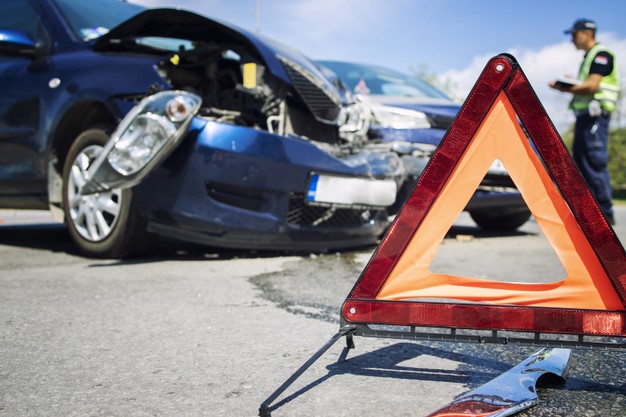
You’ll next want to get all the information that you can from the other driver. You need their name, license plate number, insurance company name, telephone number, and their physical address as well.
If you have a smartphone with you, it’s better to just turn on the video function and start recording all of that information. You can also record the other car’s license plate number just in case the other driver gives you a false one. People definitely do falsify information after car wrecks, and you want to get as much real detail as you can if they’re trying to fool you.
Get All the Witness Information that You Can
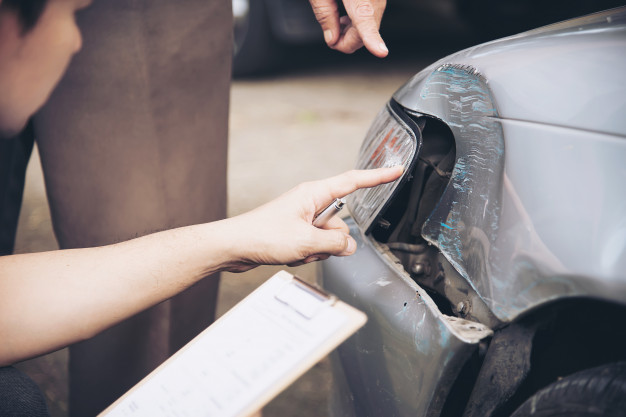
You’ll next look around to see whether anyone saw the accident. You might have people walking past, cyclists, dog walkers, business owners, additional vehicle passengers, and so forth.
The more names and contact information you can get, the better it is for you. If you allow material witnesses to just walk away from an accident, then you can’t use their testimony later if you do have to take the other driver to court, or vice versa.
You can’t force any witness who was not directly involved in the wreck to give you their name, phone number, or other info. They might not want to involve themselves, and they may attempt to walk or drive away as quickly as possible.
If you at least have their picture, though, maybe you can locate them later. Their testimony might be what it takes for you to win your lawsuit against the other driver, so this is actually a much more critical step than some people realize.
Take More Pictures and Video
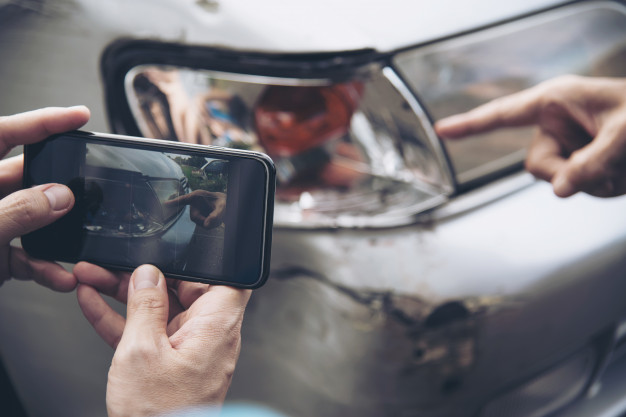
It’s also smart at this stage to get as much additional footage as you can before the tow trucks arrive to clean away the vehicles and the debris. You can note what time of day or night the crash occurred, each vehicle’s position, any road signs such as posted speed limits, and generally anything else that you think might be relevant later.
Make sure to take footage of skid marks on the road, injuries that you sustained, or anything else that you think will help you prove what happened. You’d hope that it won’t come to this, but many times, two drivers will tell completely different event versions, and when that occurs, pictures and video are worth more than any statement you can give.
Once you’ve arrived safely back home after getting any required medical attention, that’s when you’ll notify your insurance company and the DMV as well. You’ll also more than likely want to contact a car wreck lawyer at this point since, without one, the other driver’s insurance will probably try to get you to make a statement incriminating yourself.
They’ll want you to admit culpability, even if what happened was one hundred percent the other driver’s fault. It’s your lawyer who can tell you what to say and what not to if the other driver’s insurance company deposes you. Hopefully, you can settle all the monetary issues out of court, but be ready for a possible legal battle anyway.

